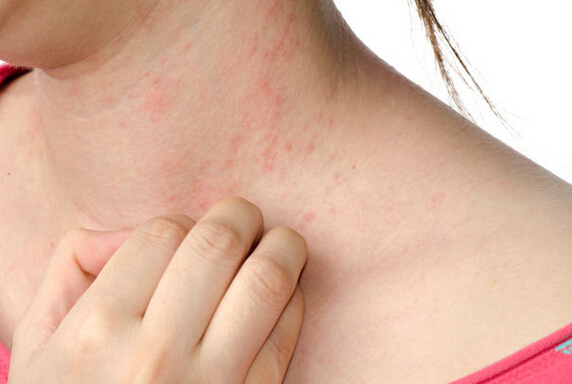Cold urticaria is an unpleasant condition that affects the skin. Some symptoms and signs can help you diagnose the condition.
Causes
The cause is not identified. It is not an inherited condition, but it can sometimes be associated with chickenpox, lymphocytic leukemia, viral hepatitis, mononucleosis and some infectious diseases. The National Organization for Rare Disorders explains hat the cold urticaria is the most common form of urticaria (hives).
Signs and Symptoms
It occurs when the skin has an abnormal reaction to the cold. Exposing your skin to cold weather can cause it to turn red and itchy. Other symptoms include tiredness, anxiety, fever and sometimes even fainting. The rash caused by the cold usually develops within 3-5 minutes and can last 1-2 hours.
The National Organization for Rare Disorder explain that there are 2 sub-categories of cold urticaria. The first is called the primary cold urticaria and it happens 10-30 minutes after cold exposure. It’s followed by redness, itching, and a burning sensation. It lasts no longer than 30 minutes.
The second is reflex cold urticaria which happens when the body’s temperature drops after being exposed to cold applications.
Treatment
There are many ways to treat this condition. Some antihistamines like Zyrtec and Claritin can help treat the symptoms. Other treatments include a treatment with corticosteroids, synthetic derivatives of cortisol, which is a natural steroid.

